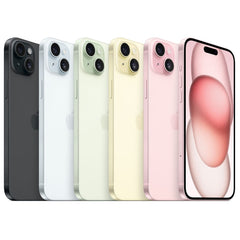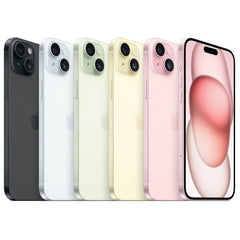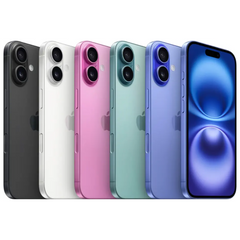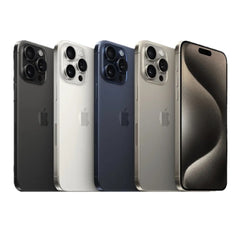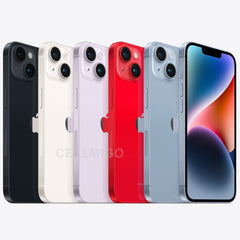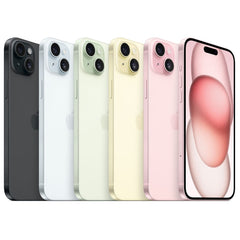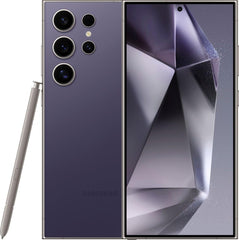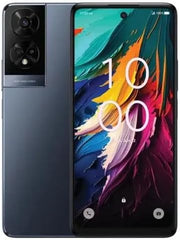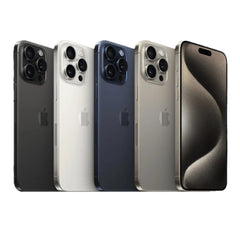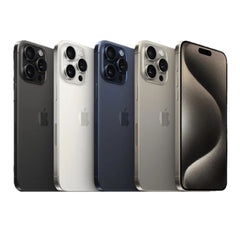Find Devices That Fit Your Needs

US Model vs. International Model Phones: A Comparison
When it comes to purchasing a mobile phone, you may come across terms like "US model" and "International Model." These terms refer to variations of phones that are designed and sold for specific markets. Understanding the differences between these models can help you make an informed decision when buying a new device. Let's take a closer look at US model and international model phones.
US Model Phones:
US model phones are specifically designed to meet the requirements and network standards of the United States. They are typically sold by major carriers such as AT&T, Verizon, T-Mobile, and Sprint, or directly from the manufacturer through their official US channels, or through various retail channels. US model phones are optimized to work with the specific network technologies used in the country, such as CDMA (used by Verizon and Sprint) or GSM (used by AT&T and T-Mobile).
One key aspect of US model phones is that they are often locked to a specific carrier. This means they are programmed to work exclusively with that carrier's network and may have limitations when used with other carriers or networks. However, unlocked US model phones provide more flexibility as they can be used with other compatible carriers within the United States. It's important to note that some unlocked phones also offer global compatibility and can be used internationally with different carriers and networks.
International Model Phones:
International model phones, as the name suggests, are designed for global markets inside and outside the United States based on the model and compatible bands. They are often sold by manufacturers or through various retail channels, including online marketplaces. International model phones are generally not tied to a specific carrier and are typically unlocked, providing more flexibility in terms of carrier compatibility.
These phones are designed to work with a wide range of network technologies and frequencies used worldwide. They are commonly compatible with GSM networks, which are prevalent in many countries. However, depending on the specific model, international phones may also support other network technologies such as GSM, CDMA or additional bands for improved global compatibility.
One advantage of international model phones is that they often come with dual SIM capabilities, allowing you to use two SIM cards simultaneously. This feature can be beneficial for individuals who frequently travel or need to maintain separate personal and work numbers.
Considerations When Purchasing:
When purchasing a new phone, it's important to consider your specific needs and usage requirements. If you plan to use the phone primarily within the United States and have a preferred carrier, a US model phone from that carrier may be the most suitable choice. Unlocked US model phones provide the flexibility to switch between compatible carriers within the country and some may also offer global compatibility for international use.
On the other hand, if you frequently travel internationally or prefer the flexibility of switching between carriers globally, an unlocked international model phone may be a better fit. These phones are designed to work with various networks worldwide and can offer a broader range of compatibility.
It's crucial to verify the supported network bands and technologies of the phone to ensure compatibility with your desired carrier or network, both domestically and internationally. Additionally, consider warranty coverage, customer support, and software updates, as these factors can vary between US and international models.
|
|
Locked |
Unlocked |
International |
|
Designation |
Specifically, |
Designed for |
Designed for global |
|
Network |
Optimized |
Wide compatibility |
Wide compatibility |
|
Carrier |
Locked to a |
Unlocked, allowing |
Usually unlocked, |
|
US Carrier |
Designed to work |
Designed to work |
May not |
|
Global |
Limited to No |
Compatibility inside |
Broad compatibility |
|
Dual SIM |
May or may not |
May or may not |
Some models offer |
|
Availability |
Sold by major US |
Sold by major US |
Available through |
|
Warranty & |
Carrier-specific |
Carrier-specific |
No Warranty |
|
Software |
Carrier-dependent |
Manufacturer- |
Manufacturer- |
In conclusion, locked US model phones are tailored to meet the requirements of the US market and specific carriers. Unlocked US model phones provide flexibility within the United States and may also offer global compatibility for international use. International model phones offer wider compatibility for global use but may not be optimized for specific US carriers. Carefully evaluate your needs and research the specifications and features of different phone models before making your purchase to ensure you select the best option for your usage scenarios, both domestically and internationally.
Please check out our blog post titled "GSM vs. CDMA Carriers in the USA: Which Network is Right for You?" for a more comprehensive understanding of carrier compatibility.















